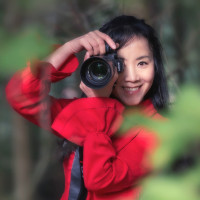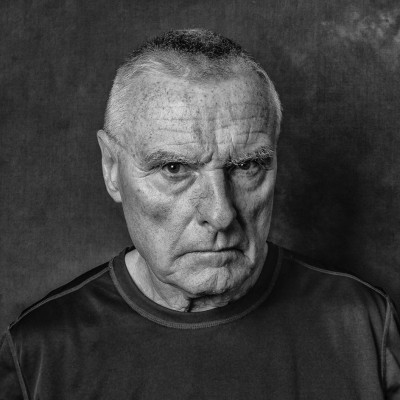SEARCH






|
|
|
|


by Editor Peter Walmsley
I don’t normally like starting an article off with a dictionary definition but in this case, defining the blue hour is useful to gain a better understanding.
Wikipedia says: "The blue hour is the period of twilight – in the morning of evening - when the sun s at a significant depth below the horizon and residual, indirect sunlight takes on a predominantly blue shade. The sunlight's blue wavelengths dominate due to a greater absorption of yellow and red wavelengths caused by the ozone. The term is colloquial and lacks an official."
The blue hour typically lasts for about half an hour and starts about 15 minutes after sunset, but these timings will vary according to your location on the planet, season and weather. Blue hour is shorter nearer the equator, in poor weather and in the spring and autumn. In the summer, cities as far south as Edinburgh experience a blue hour which stretches through the night.
In this image by Raymond Hoffmann taken in Norway, the blue of the sky is quite a lot lighter than one usually finds further south (though obviously you can get a lighter sky by taking the picture earlier in the blue period).
A very useful website www.bluehour.com gives blue hour timings for major cities around the world at any given date and there are a number of apps available for smart phones for the same purpose.
Exactly when to take an image depends on how deep a hue you want your blue sky to be. Where the subject is artificially illuminated, the ideal aiming point is when the light in the sky balances the light from the subject and I have usually found that the optimum time window is usually later than that judged by the naked eye.
If you are taking timed exposures of a minute or two, and using a noise reduction exposure of equal length, you will generally only have around 10-15 minutes when the light is suitable which means just 3-4 chances at the shot per 12 hour period. Having tried both, personally I prefer evening blue hour over morning because you can set your equipment up in daylight and work your way from light to dark whereas choosing when to start in a sky which looks black to the naked eye is harder to judge.
Here’s an example of a morning blue hour shot where the photographer, Marsel van Oosten has used the light from his car headlights to illuminate the subjects throwing both the main subject (the photographer with his tripod) and the secondary subjects (the baobab trees) into silhouette.
How much of the blue hour you capture will also depend on which direction you are pointing in. The sky is not uniform! Strictly in this morning image by Liyun Yu, the sun has already risen above the point when the blue hour is effective but away from the sun on the right-hand side of the picture, the blue hour is still very much in evidence.
Blue hour shots are by definition low light shots and a tripod is essential for the long exposures. Urban cityscapes work well in the blue hour where artificial light with a yellow hue complements the blue sky but large patches of bright, artificial light can cause local overexposure, particularly if you are towards the end of the blue period. The solution here is to blend several different exposures manually or take a full HDR image.
A ‘spot on’ capture of The Arabian Pearl in Doha by Ahmed Lashin illustrates the complementary yellows and blues.
The blue hour is affected by weather with clear skies producing the most vibrant blues and dense cloud cover ruining the effect completely. In between those 2 extremes though, some fluffy white cumulus clouds, blurred with the long exposure can add interest to an otherwise featureless slab of blue.
This image of ‘Cotton Candy Hill’ by Andy Wu is an excellent example of blue hour where the weather is not the classic clear blue sky.
And this image by Austin Li also shows a more limited set of yellow lights working in a misty blue hour.
Some more excellent 'Blue Hour' shots by 1x photographers in the gallery below!
 | Write |
 | Miro Susta CREW Interesting write up, splendid photo collection. |
 | Lydia Jacobs CREW Very nice article and selection of images. Thanks Peter. |
 | Daniel Springgay CREW A wondeful show of Shades Blue, a beautiful selection of amazing photography thank you Peter.... |
 | Vladimir Asriyan Great article and a great selection of photos. I think that in the next article, the author will tell us about the "golden" hour and will pick up the same wonderful shots for us .. Thank you, Peter ! Thank you, Yvette ! |
 | Yvette Depaepe CREW Fine article and great selection, dear Peter! Have a wonderful weekend ahead, my friend! |